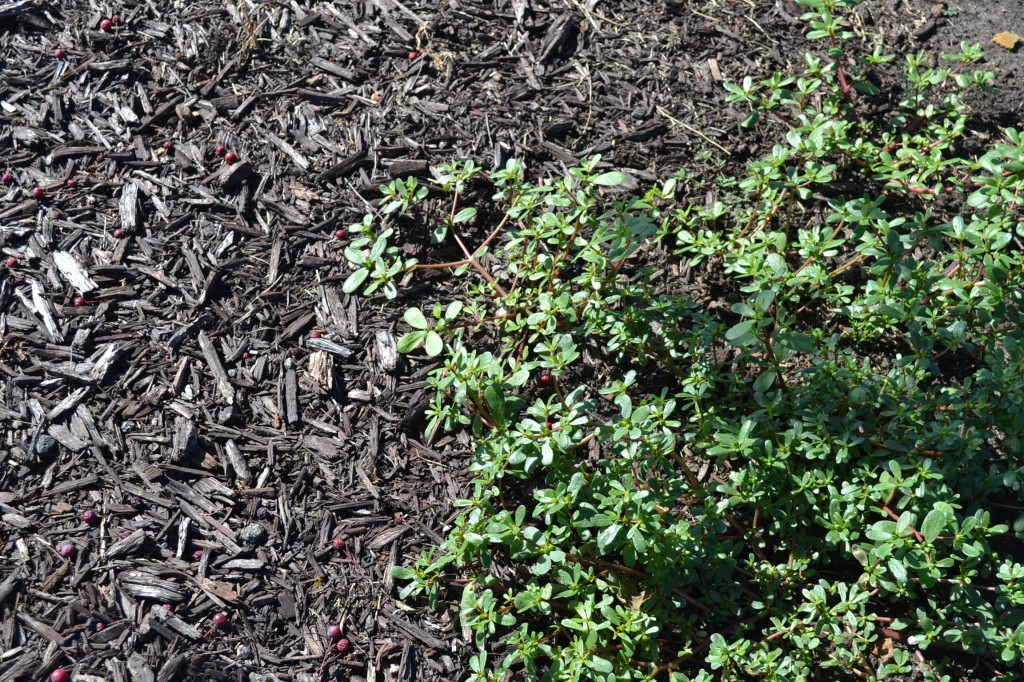Prepping mulch beds for spring is a great way to spruce up your property. If you have not top-dressed your mulch beds in over a year, you should consider topdressing them this year. Prepping mulch beds prior to the installation of new mulch will help you get the freshest look out of your landscape bed. When you are prepping mulch beds you should remove leaves, trash and other debris that accumulated over the winter months. If there are any remaining weeds from last season, these should also be removed at this time. Depending on the shape of your beds, you may have to hand rake out old mulch before installing new mulch. This will help reduce the chances of old faded mulch mixing with fresh new mulch. A pre-emergent should be applied on top of the old mulch before the new mulch is installed. This will help reduce the chances of new weeds sprouting. If your mulch beds are overflowing with old mulch, it may be necessary to remove some of the old mulch to even up your beds. Since mulch is a natural product, it will break down over time. Some mulch breaks down quicker than others and may not need topdressing every year. If you are happy with the level of mulch in your landscape beds, consider re-dying your mulch. Re-dying mulch will add back the original color of the product and remove the old weathered, dull gray look.
Prepping mulch beds while cleaning up perennials.
Prepping your plants is also important when getting your beds ready for a fresh layer of mulch. Depending on the time of year and plant, it may be possible to prune the plant prior to mulching. This allows you to keep the pruning clippings out of the fresh mulch. Perennials and grasses should also be cut back at this time, if they were not done in the fall. Removing old plant growth will allow for fresh new spring growth. New perennials can be added at this time before fresh mulch is installed. This will keep dirt out of the new mulch.

